Fragrance oils play a vital role in perfumes, candles, and scent diffusers, offering captivating scents that transform spaces and uplift moods. But have you ever wondered how these oils are created? The process involves a blend of science, art, and innovation, combining natural and synthetic components to craft aromatic masterpieces.
What Are Fragrance Oils?
Fragrance oils are complex mixtures of aromatic compounds designed to mimic natural scents or create entirely new ones. Unlike essential oils, which are purely plant-based, fragrance oils often contain a mixture of natural oils, extracts and synthetic components, offering greater versatility and stability.
Step 1: Extracting Natural Aromatic Compounds
The first step in creating fragrance oils is extracting aromatic compounds from natural sources like flowers, fruits, spices, and woods. Common methods include:
- Steam Distillation: A process where steam is passed through plant materials to capture volatile oils.
- Cold Pressing: Typically used for citrus peels, this method extracts oils through mechanical pressure.
- Solvent Extraction: A technique where solvents like ethanol are used to dissolve aromatic compounds, creating highly concentrated absolutes.
- CO2 Extraction: This advanced method uses pressurized carbon dioxide to preserve delicate aromatic profiles.
These methods yield essential oils or absolutes, which can serve as the foundation for fragrance oils or be used to replicate specific aromas synthetically.
Step 2: Synthetic Aroma Creation
Not all fragrances can be sourced naturally; some scents are synthesized in labs. Synthetic aroma chemicals replicate the molecular structure of natural compounds or create entirely new fragrances. Popular synthetic components include:
- Linalool: Found in lavender and citrus, this compound is often synthesized for consistency.
- Vanillin: Derived from vanilla beans or created synthetically for stable, sweet aromas.
- Musk Compounds: Synthetic alternatives to natural animal-derived musks.
Synthetic scents enhance affordability, stability, and environmental sustainability, as they reduce the need for large-scale harvesting of natural resources.
Step 3: Blending and Formulation
The heart of fragrance oil creation lies in blending. Perfumers, also known as "noses, or "fragrance chemists"" skillfully combine natural and synthetic components to craft balanced, complex fragrances. This process includes:
- Top Notes: Light, fleeting scents like citrus or herbs that provide the initial impression.
- Middle Notes: Floral or fruity elements that form the body of the fragrance.
- Base Notes: Rich, long-lasting aromas like woods, amber, or musk that anchor the scent.
These layers are carefully balanced to ensure the fragrance evolves beautifully over time.
Step 4: Quality Control and Testing
Once a fragrance formula is complete, it undergoes rigorous testing for safety, stability, and performance. Tests ensure the oil remains consistent in different applications, such as candles, soaps, or diffusers. Perfumers also evaluate the fragrance’s longevity and projection to ensure a high-quality product.
Step 5: Dilution and Packaging
The final step involves diluting the fragrance oil to a suitable concentration using carrier oils or alcohol. This ensures the scent is neither overpowering nor too weak. Afterward, the oil is packaged in airtight containers to preserve its quality until it reaches consumers.
Natural vs. Synthetic: What’s the Difference?
While natural fragrance oils rely on plant-based extracts, synthetic oils incorporate lab-created compounds. Both have their pros and cons:
- Natural Oils: Offer authenticity but may lack consistency and longevity.
- Synthetic Oils: Provide stability, affordability, and a broader scent range but may lack the organic appeal of natural oils.
Modern fragrance oils often blend natural and synthetic elements for the best of both worlds.
Crafting Aromas That Inspire
The creation of fragrance oils is a fascinating blend of science and art, combining natural extracts and synthetic ingenuity to produce scents that captivate and inspire. From the careful extraction of raw materials to the intricate process of blending and testing, every step contributes to crafting the perfect aroma.




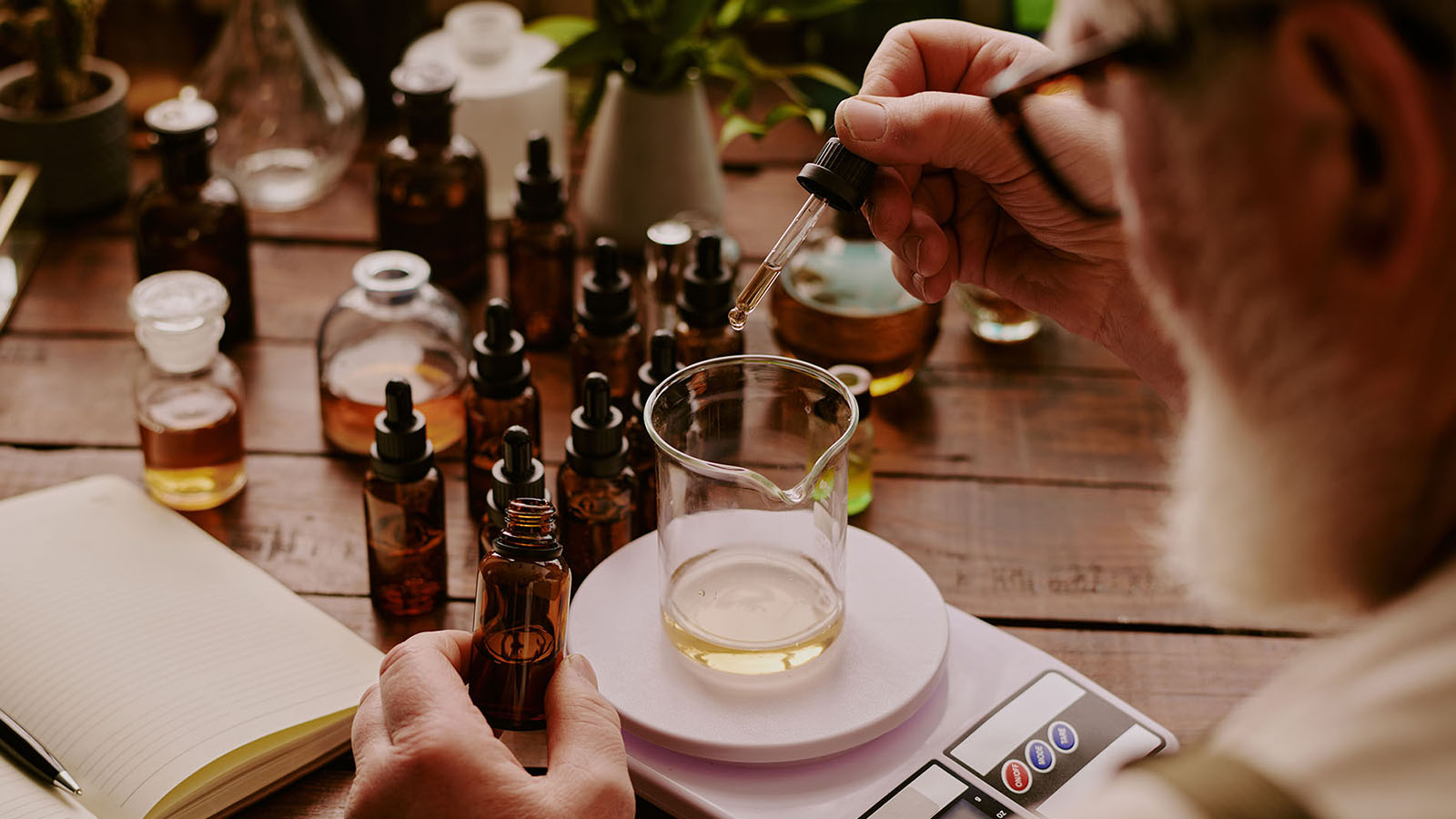
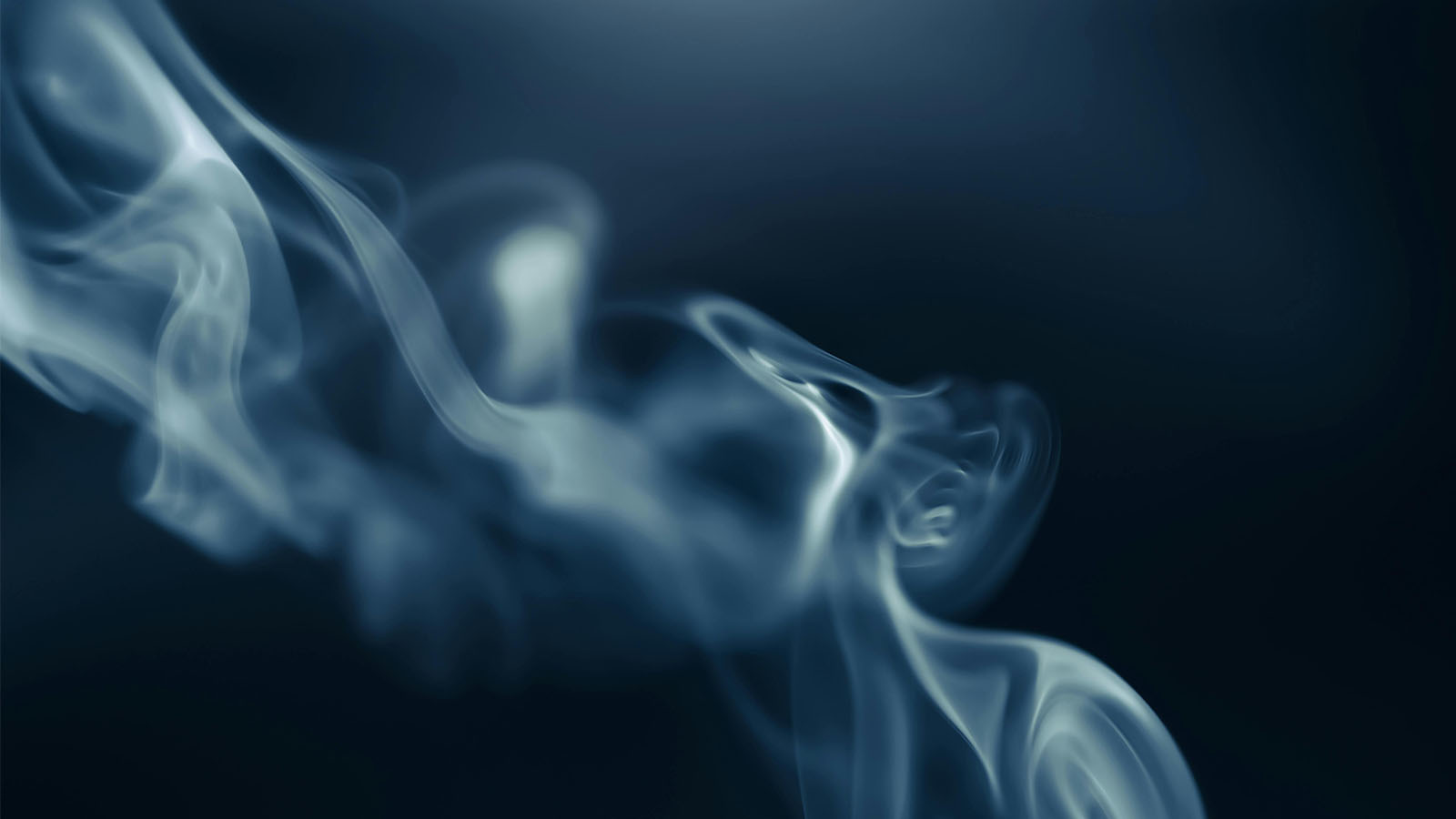

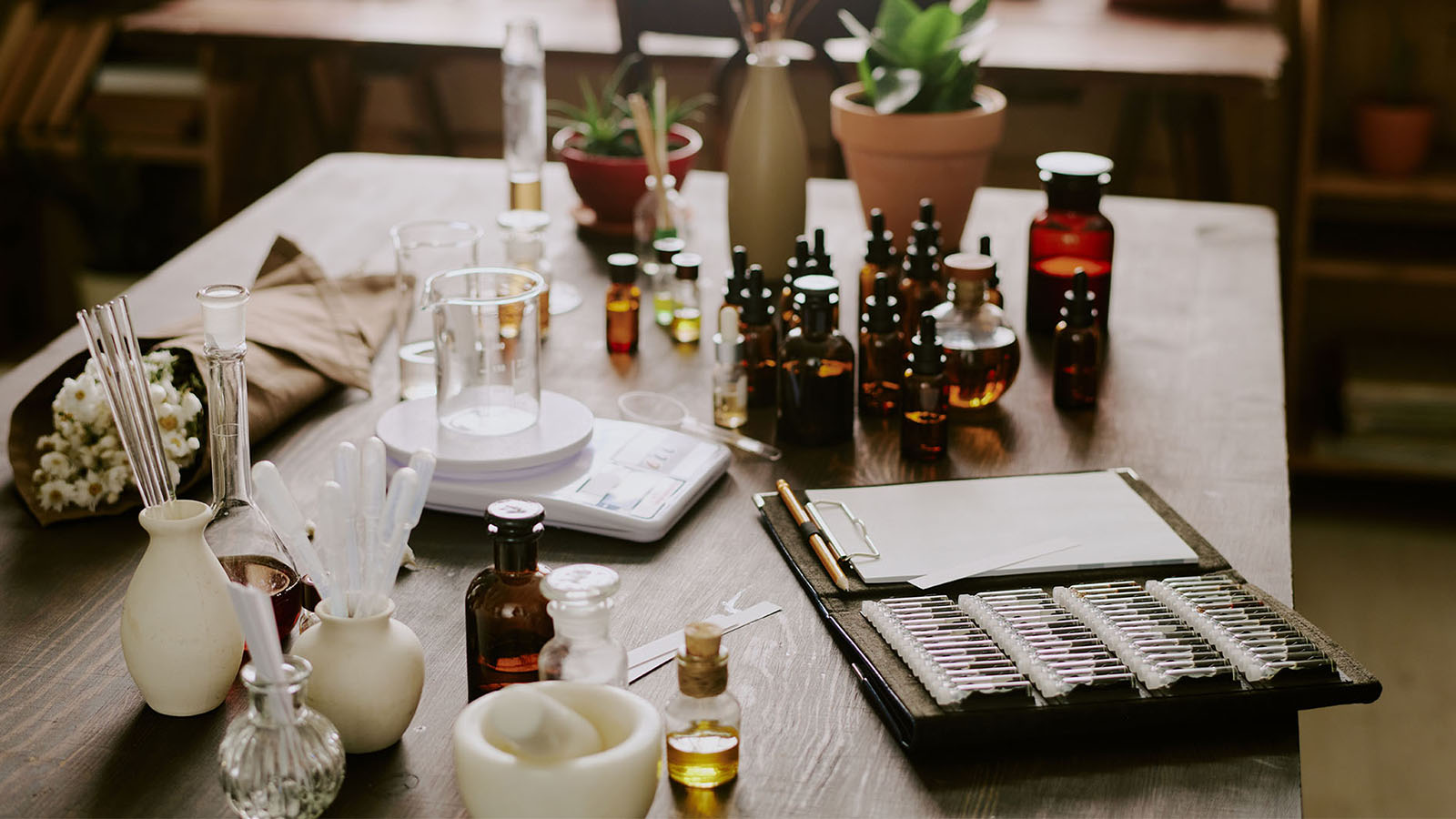


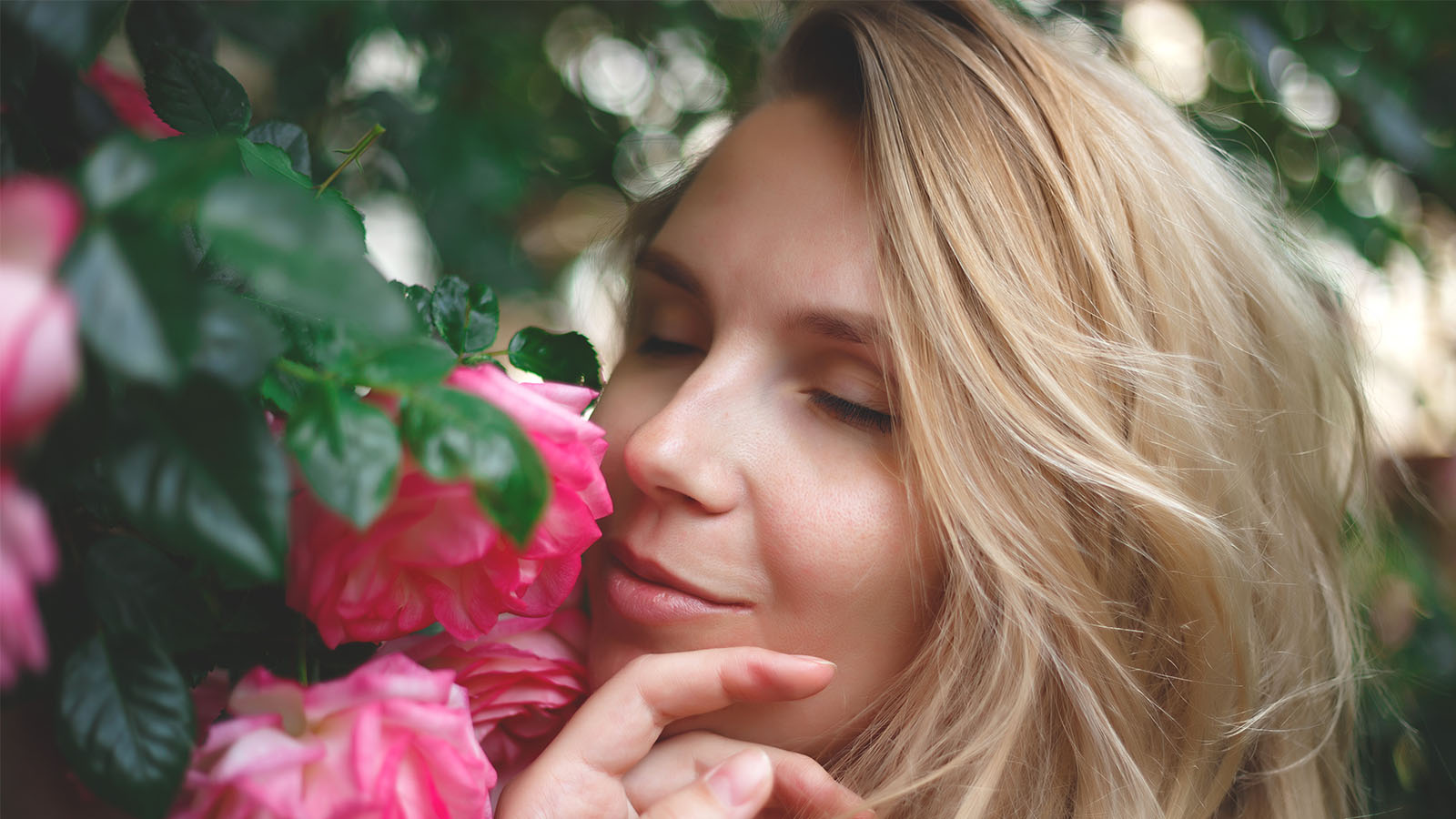
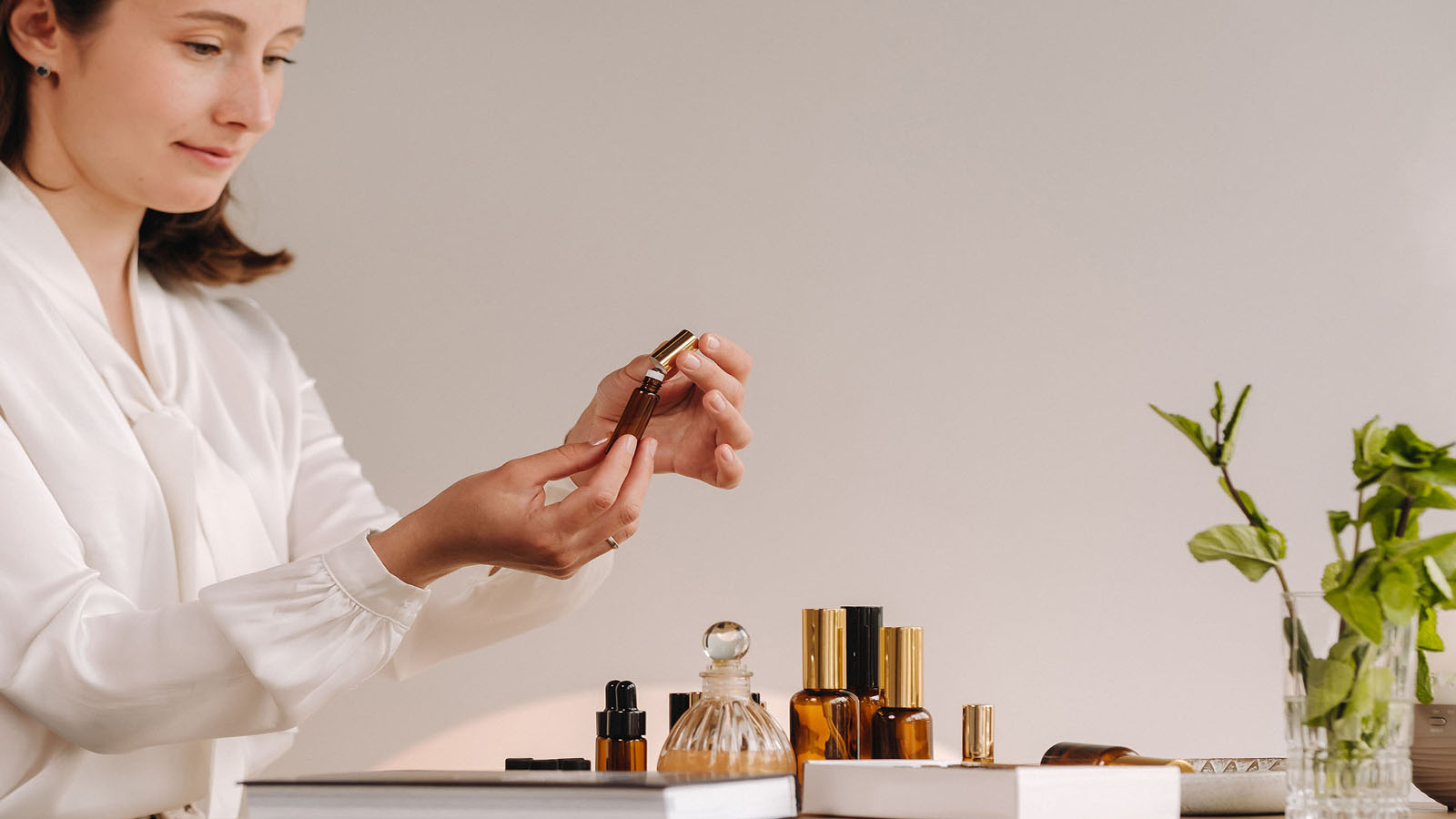




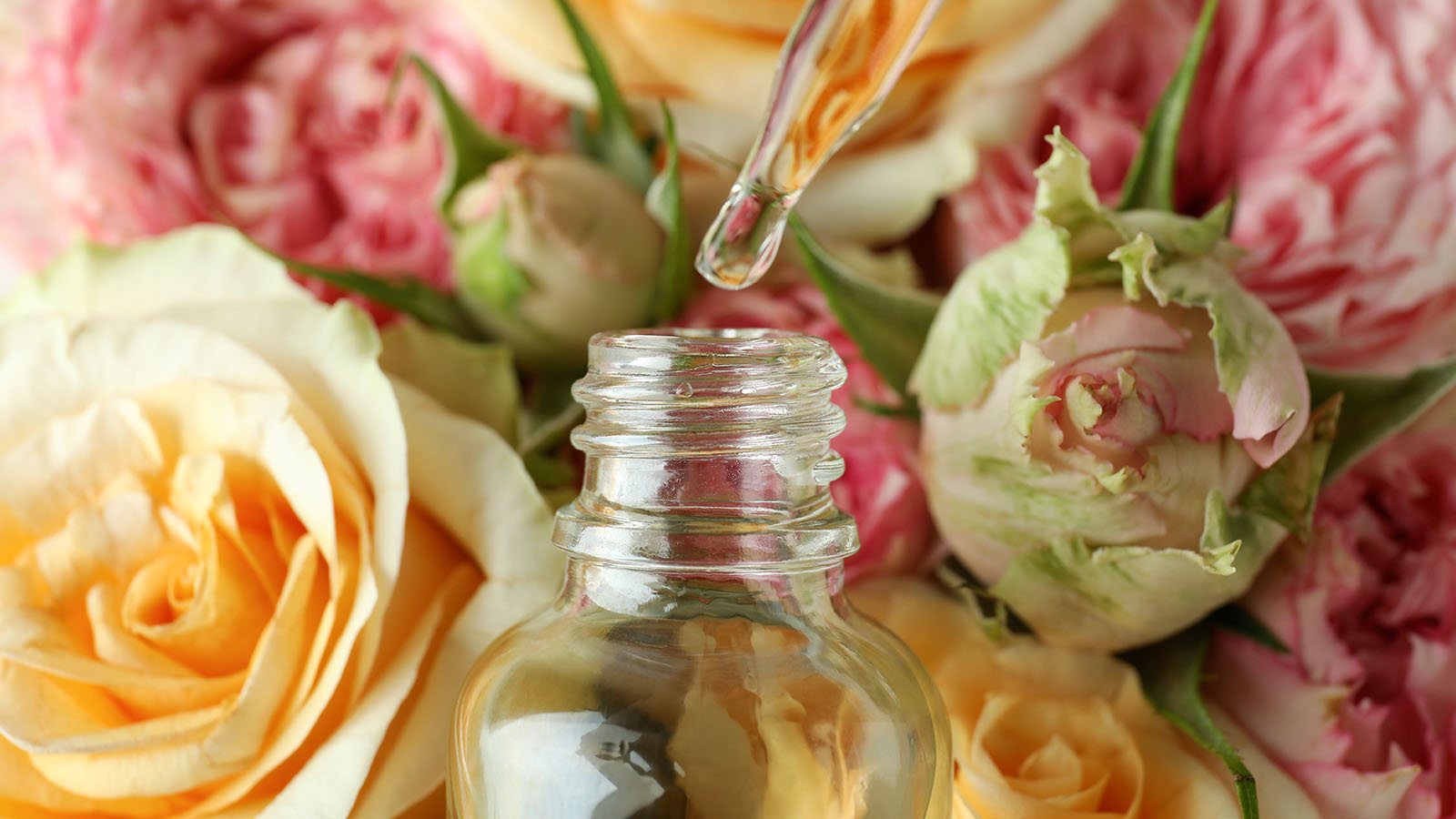
Share:
Common Myths About Fragrance Oils Debunked
IFRA: The Backbone of Fragrance Safety and Quality